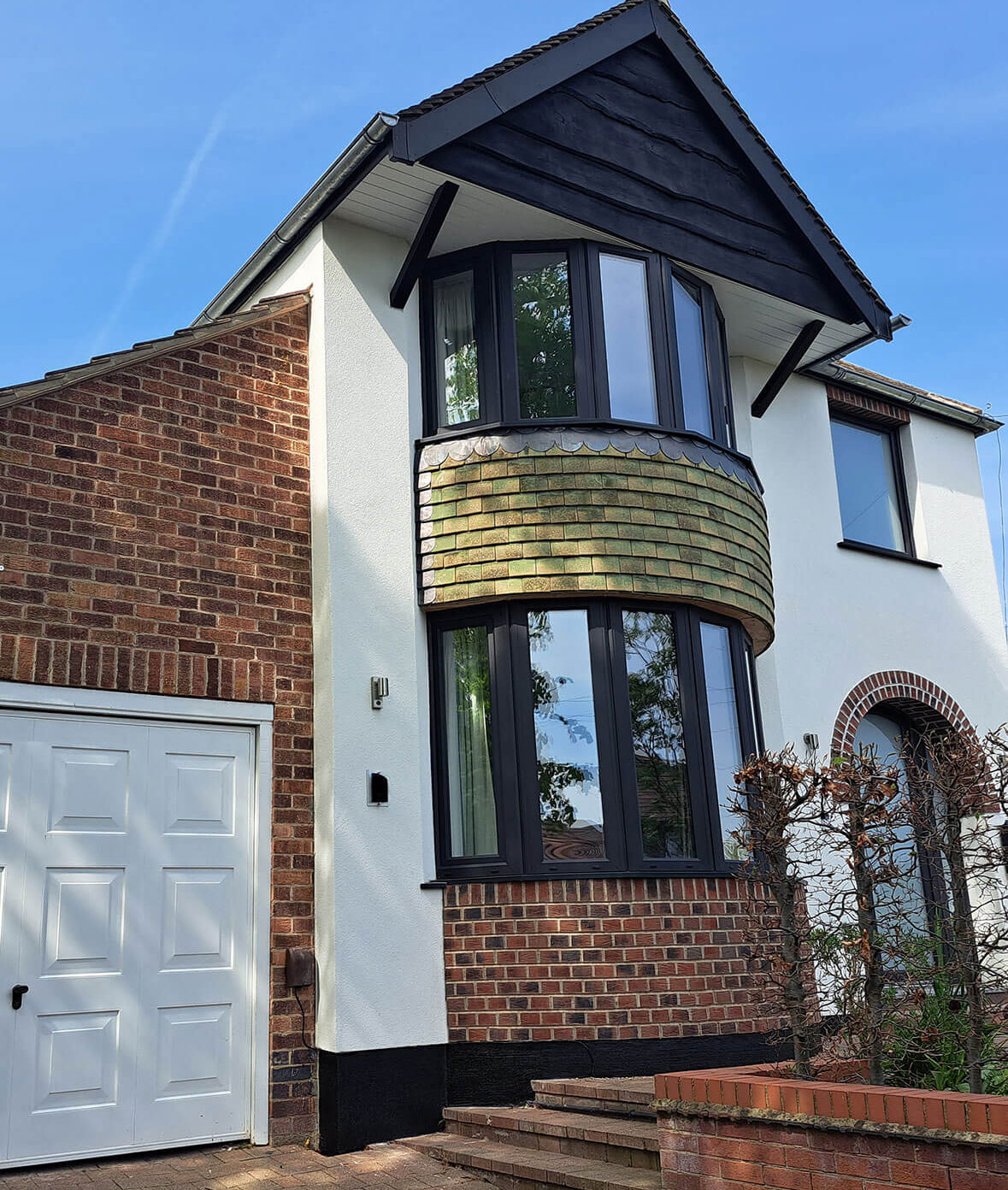Category: House & Home
-
Is Your Home Ready For Heat Pumps? How To Prepare An Older Property
With energy prices unpredictable and climate targets getting stricter, many households are asking whether now is the time to switch to a low carbon heating system. For anyone living in a Victorian terrace, a 1930s semi or a post-war bungalow, preparing an older home for heat pump installation is one of the most important steps…
Written by

-
DIY Blinds: A Tempting Task or a Tricky Tightrope?
Saving money and achieving a sense of accomplishment are powerful motivators when it comes to home DIY. In regards to fitting DIY blinds, many homeowners are tempted to take the plunge themselves. While it might seem like a simple task, there are both advantages and disadvantages to consider. Vesta Blinds is here to shed light…
Written by

-
Fabric First: The Foundation of a Truly Energy-Efficient Home
The UK is striving towards a Net Zero future, and enhancing the energy efficiency of our homes is a critical component of this vision. As homeowners, we’re constantly being presented with information about how to improve energy performance, save energy etc but it can often feel overwhelming to know where to start. We champion the…
Written by

-
Asbestos Surveys: What You Need to Know Before You Start a Renovation Project
Renovating your home or business premises? Exciting times! But before you start knocking down walls or ripping out old fixtures, there’s a crucial step you can’t afford to skip: an asbestos survey. Here in the UK, disturbing any asbestos-containing materials (ACMs) without proper precautions is not only dangerous but also illegal. This article explains why…
Written by
